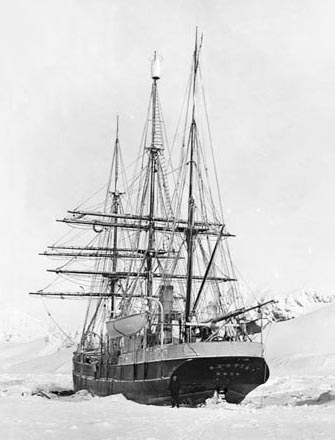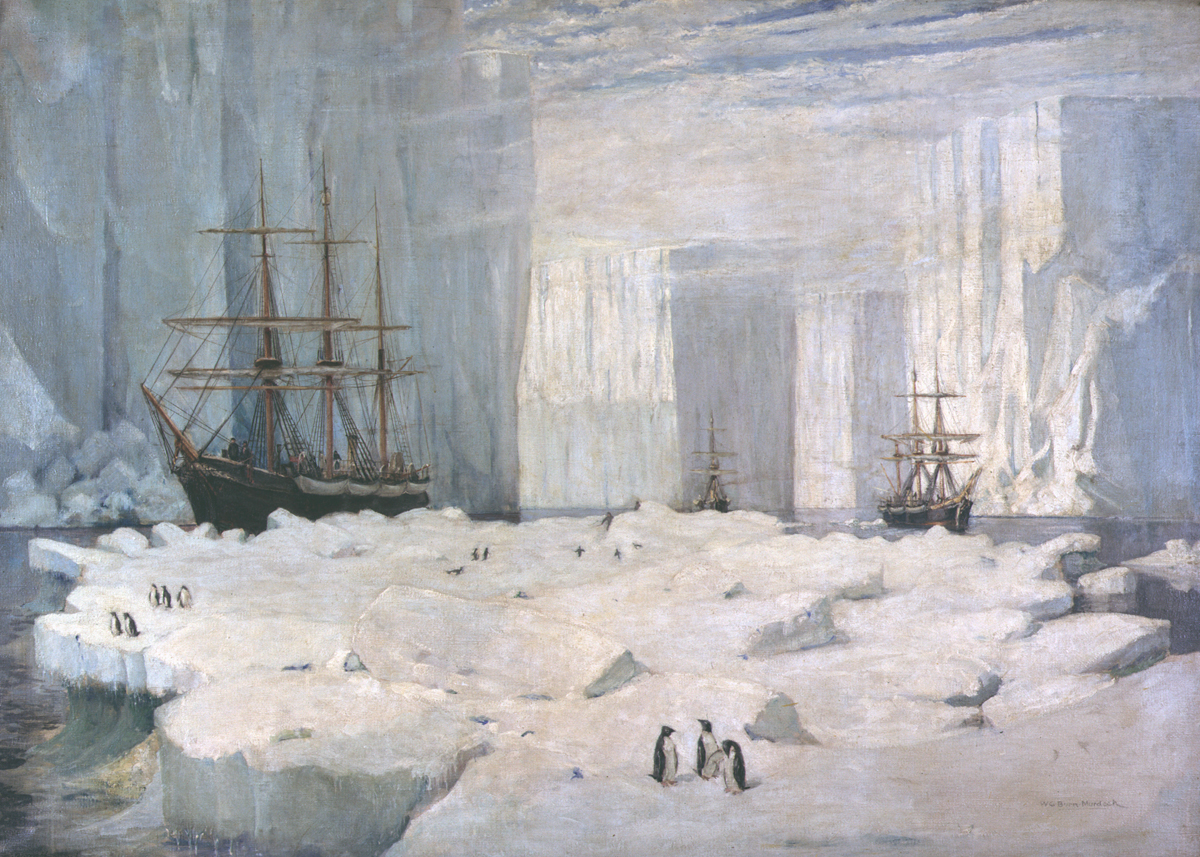|
Cape Murdoch
Cape Murdoch is a cape which forms the southeast tip of Mossman Peninsula on the south coast of Laurie Island, in the South Orkney Islands. Charted in 1903 by the Scottish National Antarctic Expedition under Bruce, who named it after William Gordon Burn Murdoch William Gordon Burn Murdoch (22 January 1862 – 19 July 1939) was a Scottish painter, travel writer and explorer. Murdoch travelled widely including India and both the Arctic and the Antarctic. He is said to be the first person to have played t ..., Scottish artist on the Balaena, one of the Dundee whaling ships in the Antarctic in 1892–93, and a supporter of Bruce's expedition. References Laurie Island Headlands of the South Orkney Islands {{SouthOrkneys-geo-stub ... [...More Info...] [...Related Items...] OR: [Wikipedia] [Google] [Baidu] |
Cape (geography)
In geography, a cape is a headland or a promontory of large size extending into a body of water, usually the sea.Whittow, John (1984). ''Dictionary of Physical Geography''. London: Penguin, 1984, p. 80. . A cape usually represents a marked change in trend of the Coast, coastline, often making them important landmarks in sea navigation. This also makes them prone to natural forms of erosion, mainly tidal actions, which results in them having a relatively short geological lifespan. Capes can be formed by glaciers, volcanoes, and changes in sea level. Erosion plays a large role in each of these methods of formation. List of some well-known capes Gallery File:Cape Cornwall.jpg, Cape Cornwall, England File:Nasa photo cape fear.jpg, Satellite image of Cape Fear, North Carolina File:Cape McLear, Malawi (2499273862).jpg, Cape MacLear, Malawi File:Cape horn.png, Map depicting Cape Horn at the southernmost portion of South America File:Spain.Santander.Cabo.Mayor.jpeg, Photograph o ... [...More Info...] [...Related Items...] OR: [Wikipedia] [Google] [Baidu] |
Mossman Peninsula
Mossman Peninsula is a narrow peninsula long, extending south from the western part of Laurie Island and separating Scotia Bay and Wilton Bay, in the South Orkney Islands of Antarctica. Point Martin lies on the eastern side of the peninsula. It was discovered in 1821 by Captains George Powell and Nathaniel Palmer, and roughly charted on Powell's map of 1822. It was surveyed in 1903 by the Scottish National Antarctic Expedition under William Speirs Bruce William Speirs Bruce (1 August 1867 – 28 October 1921) was a British Natural history, naturalist, polar region, polar scientist and Oceanography, oceanographer who organized and led the Scottish National Antarctic Expedition (SNAE, 1902–04) ..., who named it for Robert C. Mossman, the meteorologist of the expedition. References Laurie Island Peninsulas of the South Orkney Islands {{SouthOrkneys-geo-stub ... [...More Info...] [...Related Items...] OR: [Wikipedia] [Google] [Baidu] |
Laurie Island
Laurie Island is the second largest of the South Orkney Islands. The island is claimed by both Argentina as part of Argentine Antarctica, and the United Kingdom as part of the British Antarctic Territory. However, under the Antarctic Treaty System all sovereignty claims are frozen, as the island lies south of the parallel 60°. Buchanan Point at the north-eastern end of the island, with Cape Whitson on its south coast, are Important Bird Areas. History Laurie Island was discovered by Captains George Powell and Nathaniel Palmer in the course of their 1821 expedition to the South Atlantic. Richard Holmes Laurie used Powell's observations to create a map of the island, and subsequently, the island was named after him. Two years later, James Weddell mapped the island for the second time, though his charts turned out to be much less accurate than Powell's charts. Weddell attempted to rename the island to Melville Island for the 2nd Viscount Melville, but the name failed to stick ... [...More Info...] [...Related Items...] OR: [Wikipedia] [Google] [Baidu] |
South Orkney Islands
The South Orkney Islands are a group of islands in the Southern Ocean, about north-east of the tip of the Antarctic Peninsula''Antarctica: Secrets of the Southern Continent'' p. 122 David McGonigal, 2009 and south-west of . They have a total area of about . The islands are claimed both by Britain (as part of the since 1962, previously as a [...More Info...] [...Related Items...] OR: [Wikipedia] [Google] [Baidu] |
Scottish National Antarctic Expedition
The Scottish National Antarctic Expedition (SNAE), 1902–1904, was organised and led by William Speirs Bruce, a natural scientist and former medical student from the University of Edinburgh. Although overshadowed in terms of prestige by Robert Falcon Scott's concurrent Discovery Expedition, the SNAE completed a full programme of exploration and scientific work. Its achievements included the establishment of a staffed meteorological station, the first in Antarctic territory, and the discovery of new land to the east of the Weddell Sea. Its large collection of biological and geological specimens, together with those from Bruce's earlier travels, led to the establishment of the Scottish Oceanographical Laboratory in 1906. Bruce had spent most of the 1890s engaged on expeditions to the Antarctic and Arctic regions, and by 1899 was Britain's most experienced polar scientist. In March of that year, he applied to join the Discovery Expedition; however, his proposal to extend that e ... [...More Info...] [...Related Items...] OR: [Wikipedia] [Google] [Baidu] |
William Gordon Burn Murdoch
William Gordon Burn Murdoch (22 January 1862 – 19 July 1939) was a Scottish painter, travel writer and explorer. Murdoch travelled widely including India and both the Arctic and the Antarctic. He is said to be the first person to have played the bagpipes in the Antarctic. He published several travel books as well as being an accomplished artist. A cape in the South Orkneys is named in his honour. Life Burn Murdoch was born in Edinburgh to Jessie Cecilia (née Mack) and Dr. William Burn-Murdoch. His father was the first to take the name Burn-Murdoch, but the hyphen was not used by his son. His elder brother, John Burn-Murdoch, joined the military and became the commanding engineer of state railways in India. He attended a local school and then studied law at Edinburgh University. When he emerged, however, he went to study art in Antwerp and Paris. Burn Murdoch was closely associated with Patrick Geddes' Fin de Siècle Scottish cultural revival. He and the Symbolist painter J ... [...More Info...] [...Related Items...] OR: [Wikipedia] [Google] [Baidu] |




